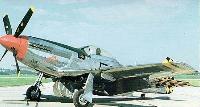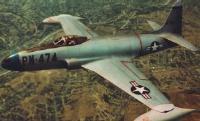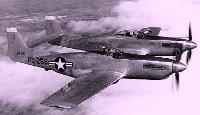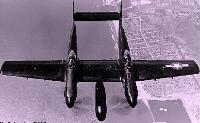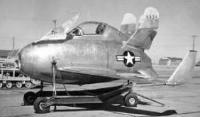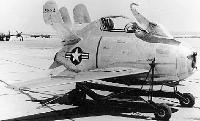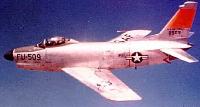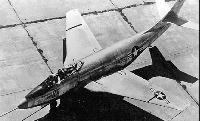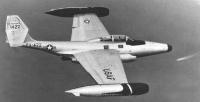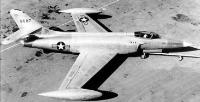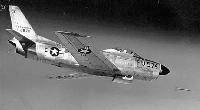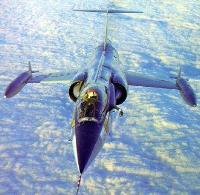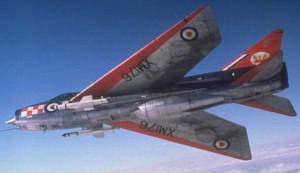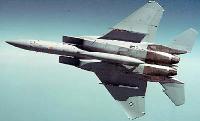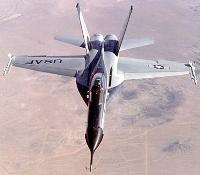|
It had been very common for trainer aircraft to be derived
from production aircraft, however, the reverse has seldom been seen,
let alone gain substantial production as the Northrop F-5 Freedom Fighter did.
The tiny fighter spawned from Northrop�s T-38 Talon,
America�s first purpose designed supersonic trainer. In 1972, the improved
F-5E Tiger II was introduced with more powerful engines. This is the version most often used in the
aggressor role by U.S. services.
|
|
Northrop F-5
FREEDOM FIGHTER

Span: 26 ft. 8 in.
Length: 48 ft. 2 in.
Height: 13 ft. 4 in.
Weight: 24,675 lbs. max. takeoff weight
Engines: Two General Electric J85-GE-21s of
5,000 lbs. thrust each with afterburner
PERFORMANCE
Maximum speed: 1.63 mach at 36,000 ft. (1,050 mph)
Range: 2,300 miles (maximum with external fuel tanks)
Service Ceiling: 50,700 ft.
Armament: Two M-39 20mm cannons, rockets, missiles and 5,500 lbs. of bombs externally.

For more information on the F-5, go HERE
|

